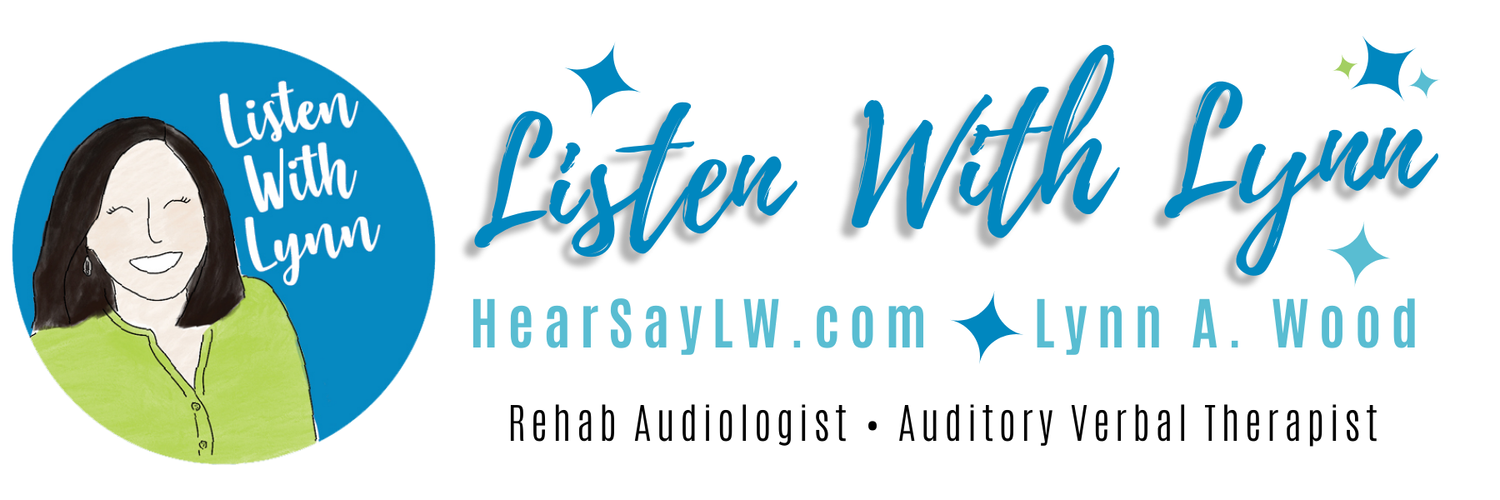The beautiful story from an Auditory Verbal family the day after one-year-old Ayla hears with her cochlear implants for the first time. Dad and Mom talk about the power of hearing for children who are deaf or hard of hearing to learn to listen and talk.
At Hearing First, we want all children to benefit from the availability of newborn hearing screening and for parents to learn the status of their baby’s hearing first. Hearing is a foundational building block for children to learn to listen and talk, become healthy readers, and do well in school.
Today, children who are deaf or hard of hearing can learn to listen and talk and achieve learning and literacy outcomes on par with their hearing friends. The earlier a child with hearing loss is identified, amplified, and receiving help, the more opportunities that child will have. We want all children to have the opportunity to take advantage of access to sound
– a critical building block for future success.
– a critical building block for future success.
Want to learn more?
Click HERE








